TL;DR: No noise issues, sturdy case, fun with min-max settings, and transparent boost through "Level" slider, but that is all. From the half way between +6 dB to +12 dB to the half way between -6 dB to -12 dB, the difference is not noticeable, it is almost not there. This product hardly functions as a full-fledged EQ pedal.
I bought this product on September 2024, and I used this mostly as a lo-fi/radio sound effect, or as a transparent boost until recently, let's say until the end of May 2025. It does the lofi/radio sounding good when one maximises 500, 1000, and 2000 sliders, and minimises the rest.
But that is all. The sound difference is so subtle, the sliders almost work as a on-off switch for each frequency (as this mentioned in another review from January 2025), and I realised it months later when I wanted to boost/cut values of particular frequencies between +6 and -6 dB. Almost no change in sound compared to cheaper EQ pedals.
After I saw the review from January 2025, I found out that this was an issue for similar no-name 10-band EQ products ( justify my findings I bought Behringer EQ700 and made a comparison side by side. After various e-mail exchanges and investigation with a Thomann client service representative, I found out that 5 dB boost of EQ700 is much more present than 6 dB boost of Yuer YF-40, which is almost unnoticeable. It only works well from the half way between 6 dB to 12 dB on both boost and cut, in between the difference is so subtle that it is almost not there. It has been confirmed by the producer and Thomann representative that this is the nature of this product, it was designed and manufactured this way.
So, I can not recommend this product as a full-fledged EQ pedal, but as a clean boost or anything goes with min-max settings.
I would be ashamed to sell this product in 2nd hand market. Hence, I will keep it or give it away at some point.


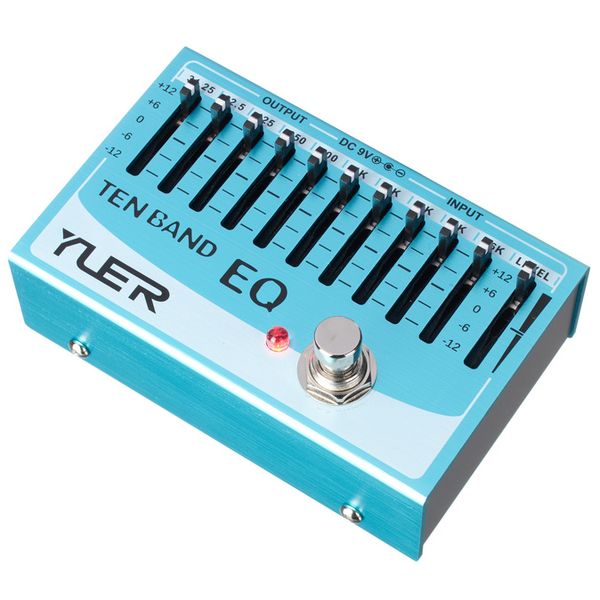
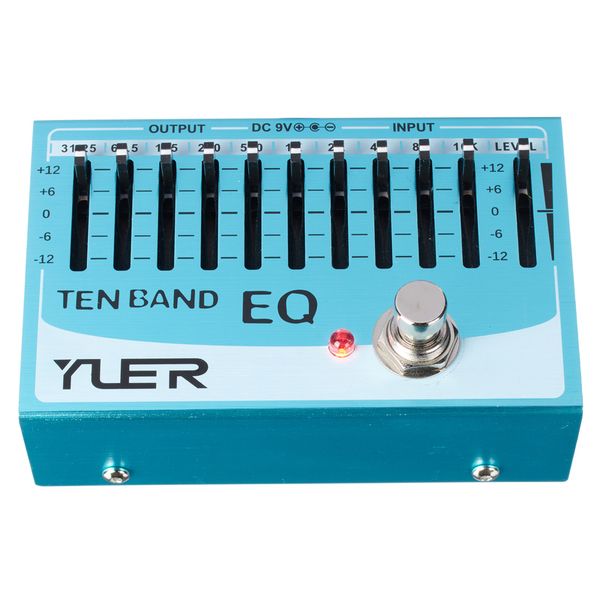
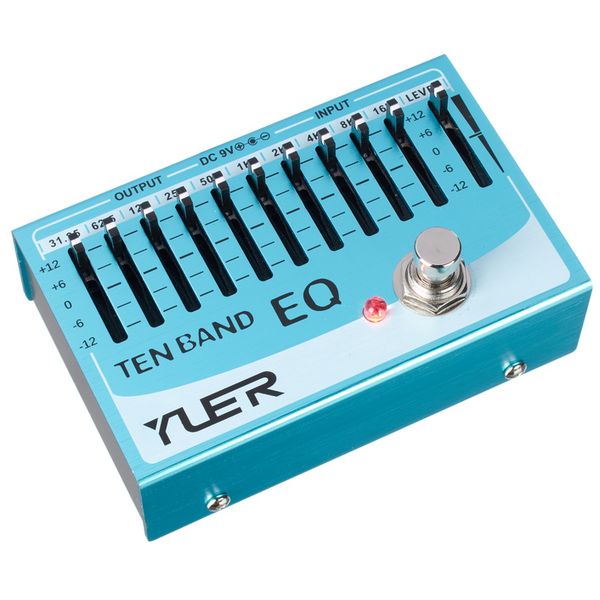
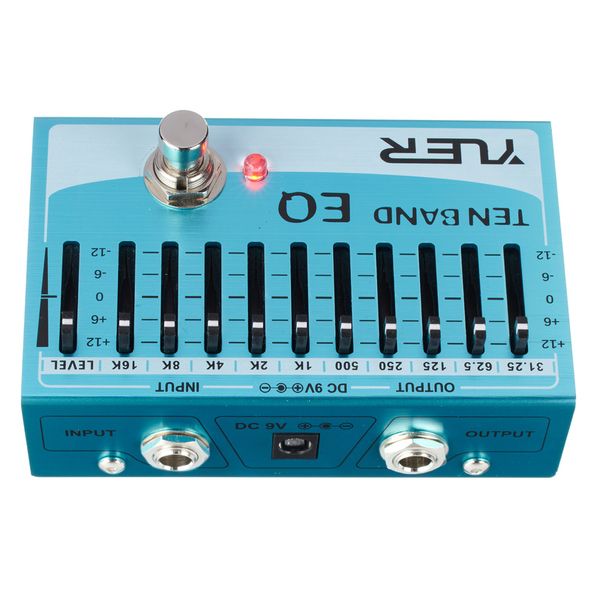
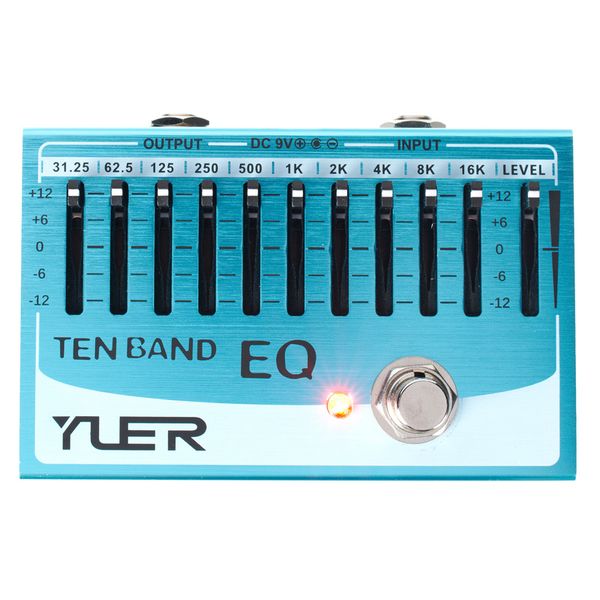

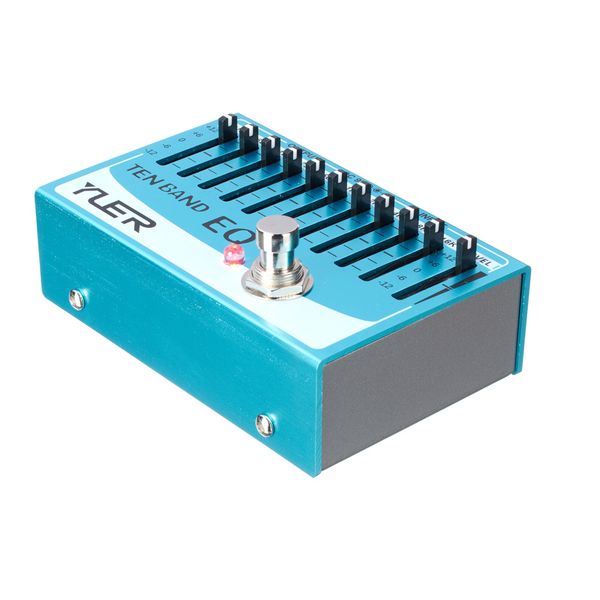
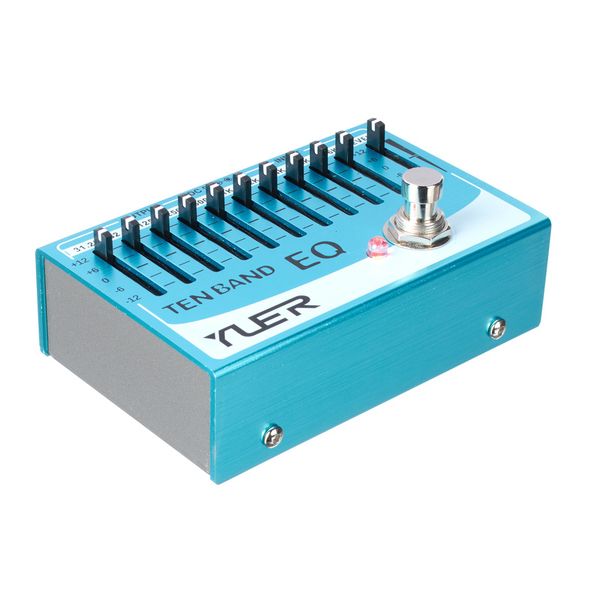

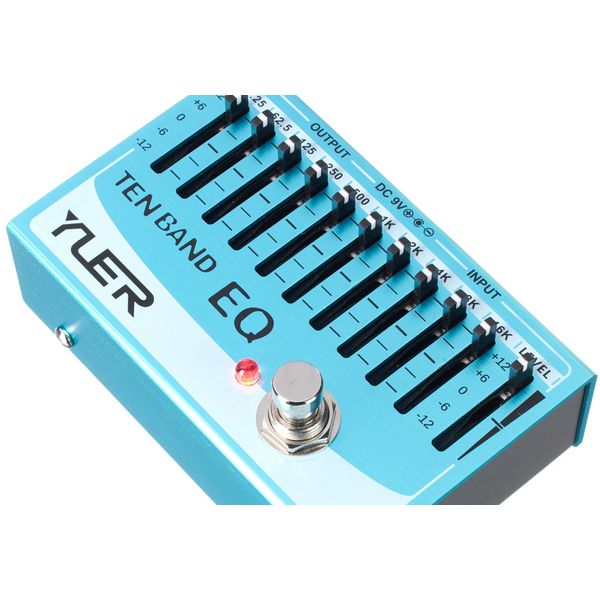
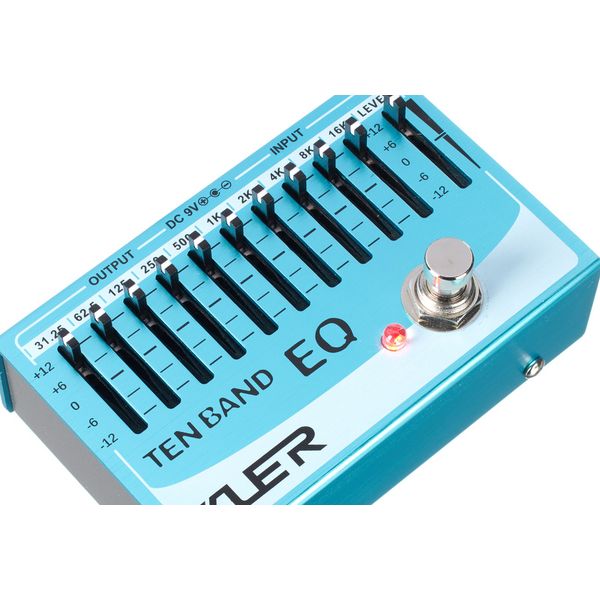
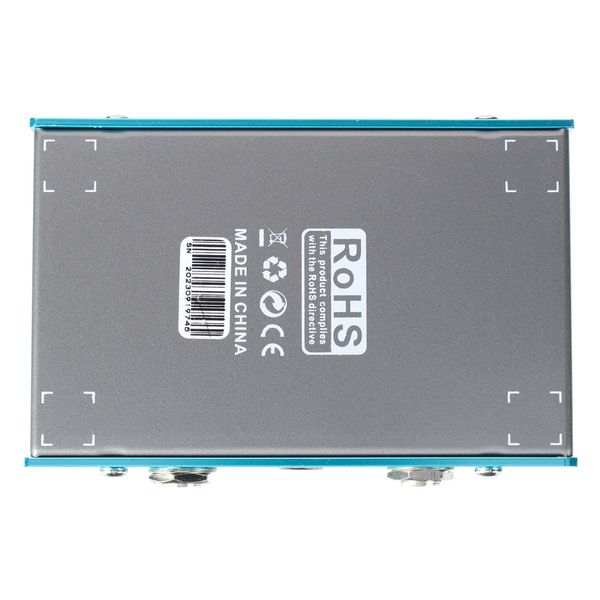












)
)
)


